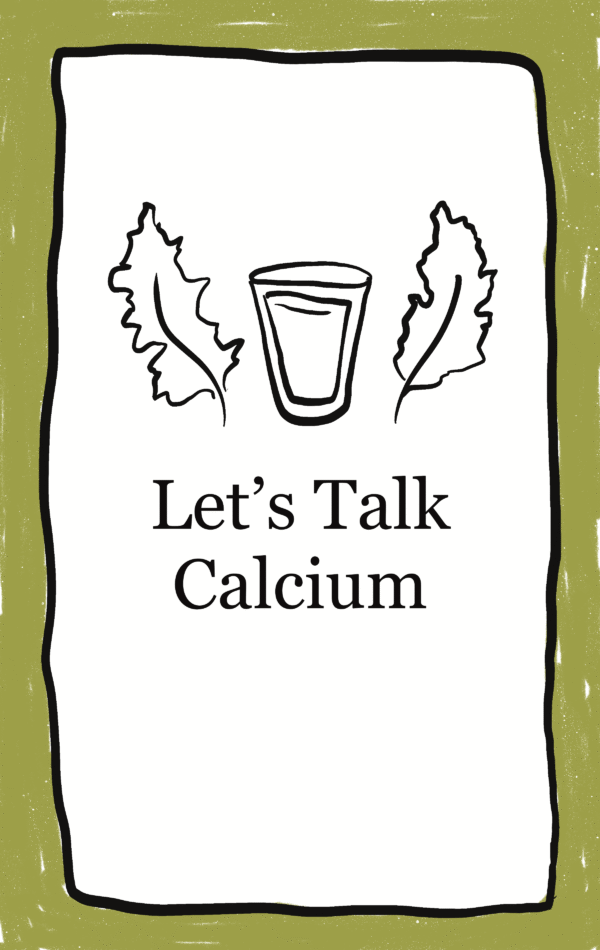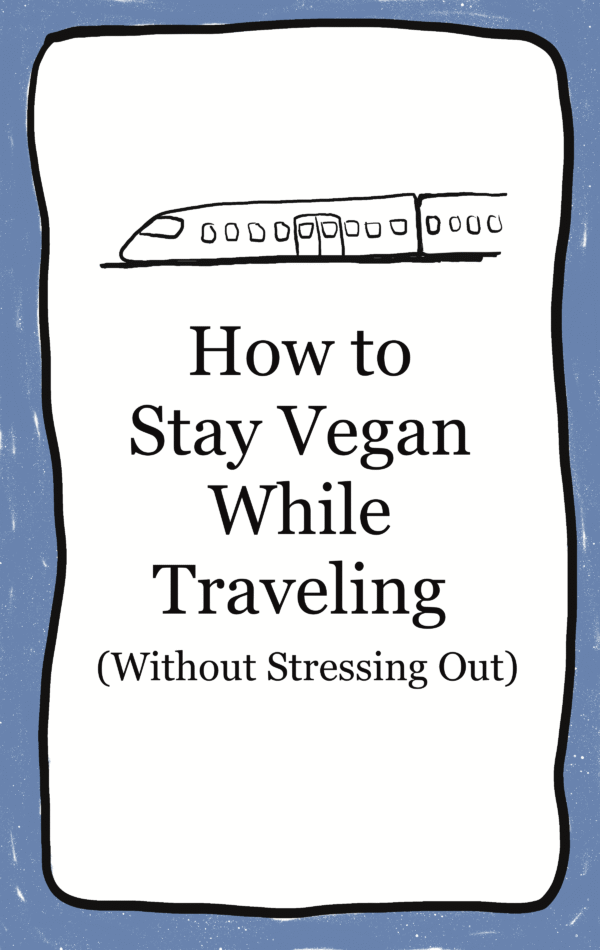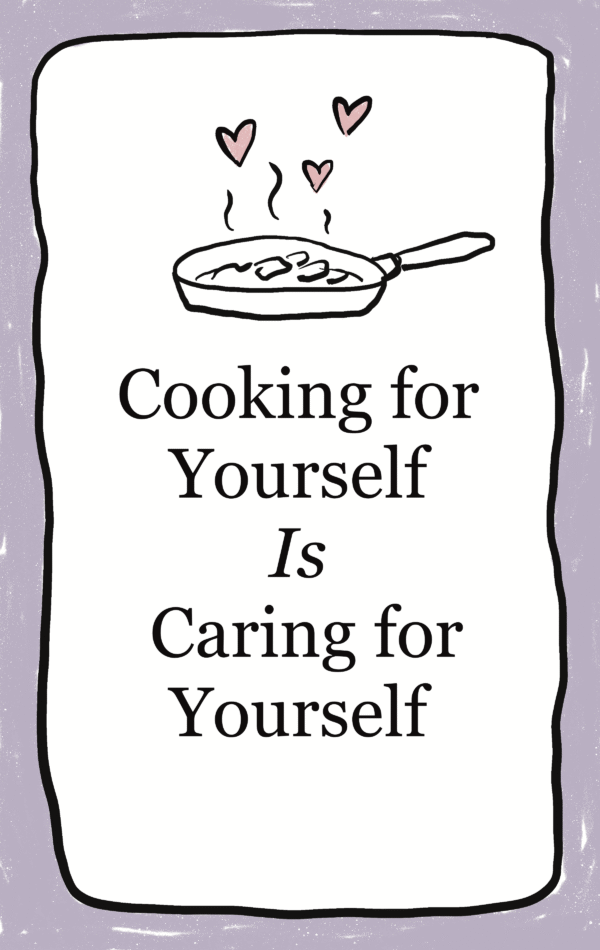Plant-Powered Protein: Meeting Nutritional Needs on a Vegan Diet
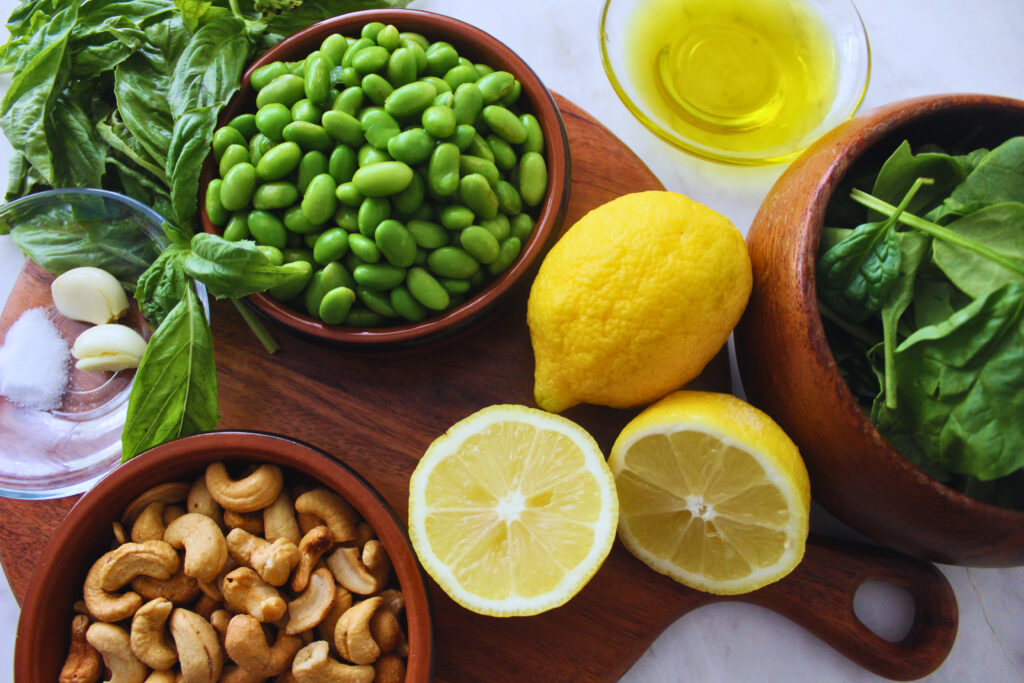
You're Vegan!? But Where Do You Get Your Protein!?
Protein seems to be the most common concern when we tell people we are vegan. In fact, in the over 20+ years of not eating meat, people still seem impressed to see how we are alive and well on a vegan diet; But what is protein? Why do we need it? And where do we find it?
Why is Protein Important? And What is it Used For?
Protein is a crucial macro-nutrient that plays several vital roles in the body, such as, building and repairing tissues, immune function, hormone production, structural support, and (while it's not its primary role) protein can also be an energy source.
Protein is composed of amino acids. While there are a total of 20 amino acids (which are the basis of all proteins), there are 9 which are essential for humans because we are unable to create them ourselves, therefore we must obtain them through our diet.
What makes a complete protein?
Complete Protein = 9 essential amino acids that we can't make ourselves.
While most food does contain some amount of protein, it is complete proteins that we aim to get. And yes, you can find complete protein in plant-based foods just like in animal products.
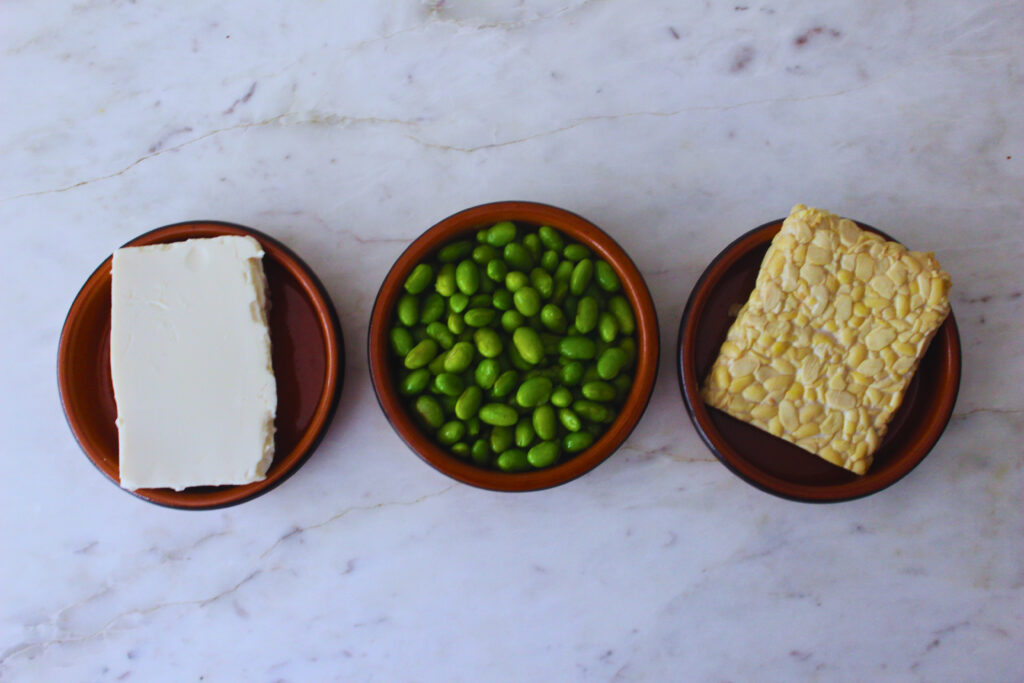
What Are the Nine Essential Amino Acids that Make a Complete Protein?
- Histidine
- Isoleucine
- Leucine
- Lysine
- Methionine
- Phenylalanine
- Threonine
- Tryptophan
- Valine
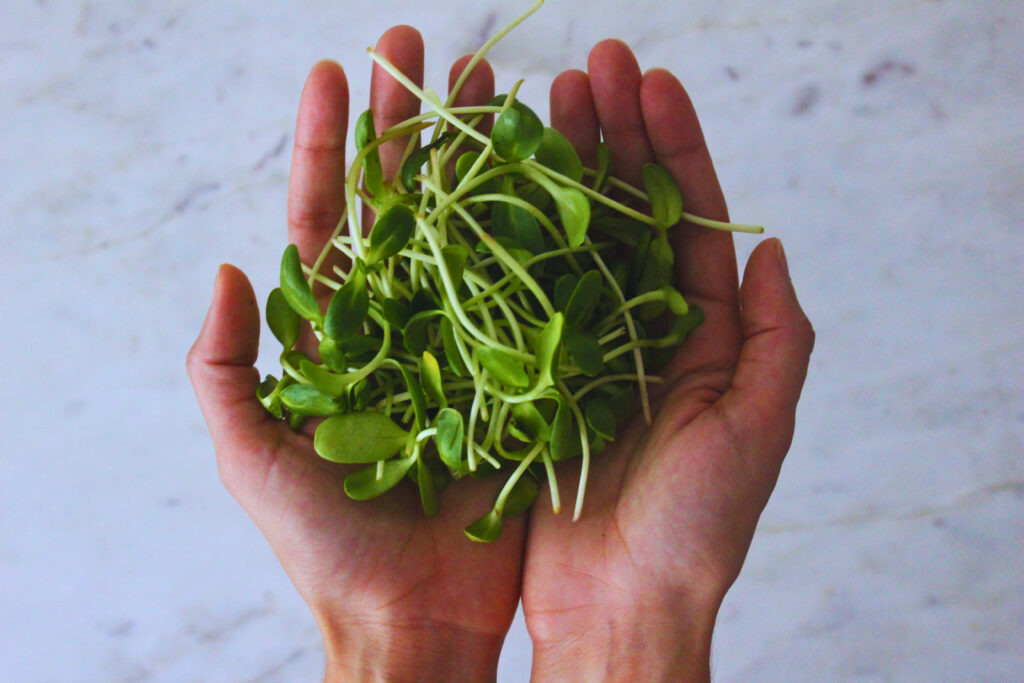
Where to Get Complete Plant-Based Protein?
Literally every food item contains some amount of protein with varying amounts and presence of amino acids - but what about getting all the essential amino acids in one food item? Well, you have options!
- Soy Products (Tofu, Tempeh, Edamame)
- Chia Seeds
- Hemp Seeds
- Quinoa
- Buckwheat
- Amaranth
- Nutritional Yeast
- Spirulina
- Sprouted Sunflower Seeds (pictured above)
- Peas
Since literally every food item contains some amount of protein, it is possible to get a sufficient amount of protein by having a varied enough diet. For example, you wouldn't think that rice (low in the amino acid lysine) would be a complete protein but you might be surprised to learn that combining it with beans (a rich source of lysine) will result in a complete protein.
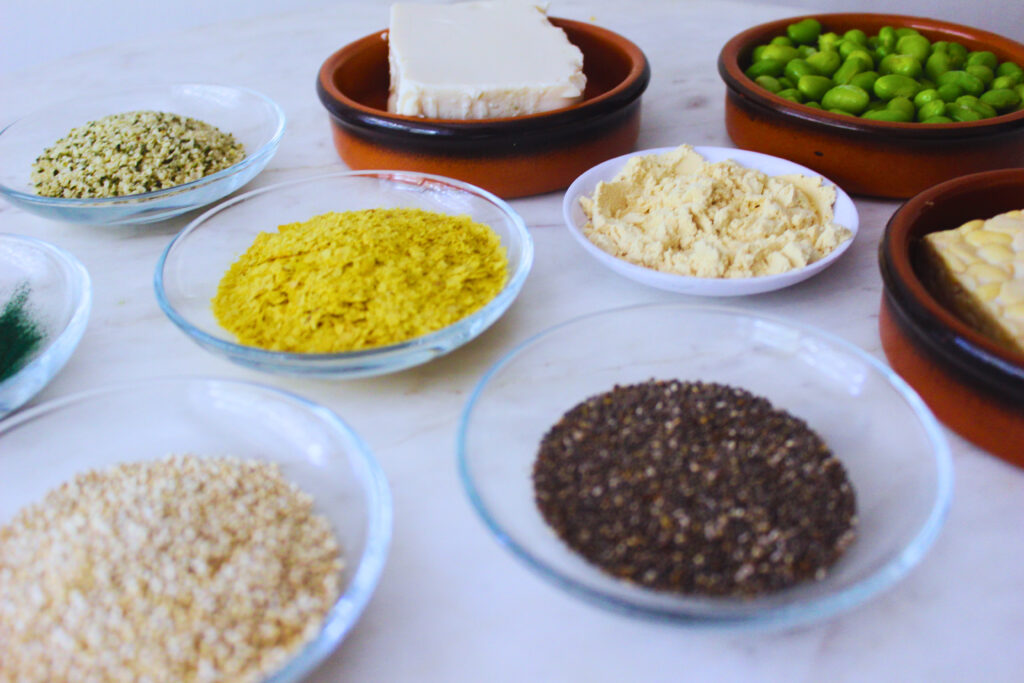
Food Combinations that Make a Complete Protein
- Rice + Beans
- Hummus + Pita Bread
- Peanut Butter Sandwich (bread and peanut butter)
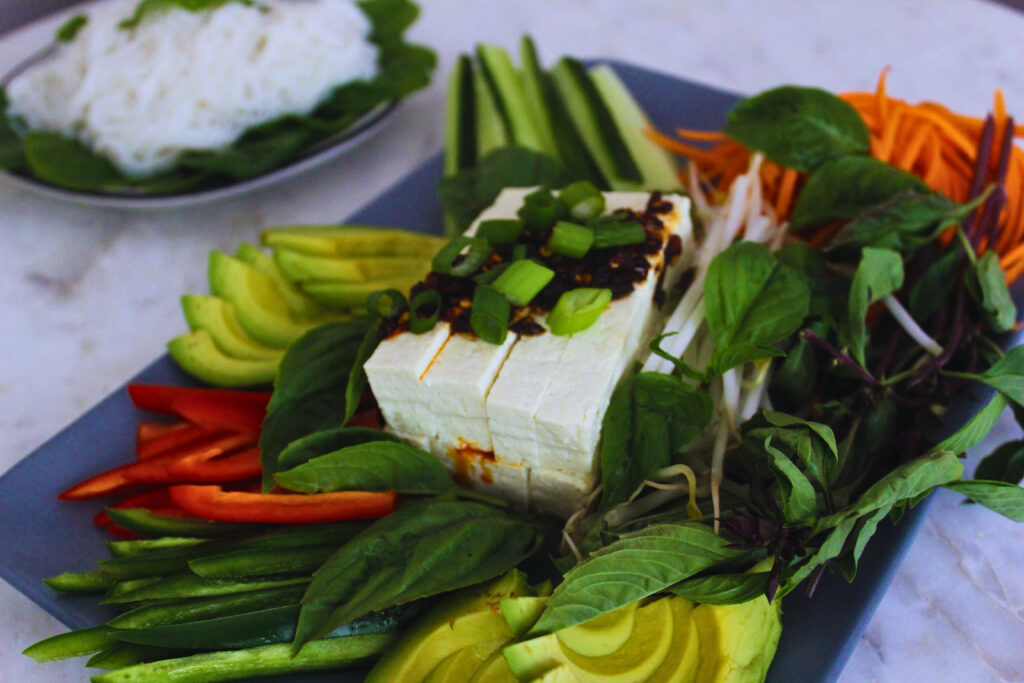
How Much Protein do we Need Daily?
To determine how many grams of protein you should intake daily, you can multiply your weight in pounds by 0.36 or use this calculator by the USDA
Is it Possible to Consume Too Much Protein?
Yes, excessive amount of protein intake can strain the kidneys and can cause health conditions like an imbalance in nutrients if you are replacing other nutrients, please consult with your doctor.
Plant Protein VS Animal Protein
Below is a comparison of different plant proteins vs flank steak, chicken breast, and fish.
Information below is based on a serving size of 100 grams.
- Flank Steak (uncooked) - 20.1g of protein, 3.55g of saturated fat
- Chicken Breast (uncooked) - 22.5g of protein, 0.349g of saturated fat
- Fish Filet (uncooked) - 22.3g of protein, 1.26g of saturated fat
- Green Pea - 4.73g of protein, 0g of saturated fat
- Tofu - 10.6g of protein, 0.6g of saturated fat (based off Aldi Extra Firm Organic Tofu)
- Tempeh (uncooked) - 21.42g of protein, 0.6g of saturated fat (based off lightlife tempeh)
- Rice and Lentils (uncooked) - 3.52g + 11.8g = 15.32g of protein, 0g of saturated fat
- Nutritional Yeast - 50g of protein, 0g saturated fat (this is plenty nooch)
- Quinoa (uncooked) - 14.1g of protein, 0g saturated fat
Note: Animal food sources will generally have more protein. But that just means you get to eat more on a vegan diet! Also note that even though animal protein tends to be a bit higher in protein, it's also higher in saturated fat, especially in items like steak.
All values were obtained from USDA Food Data unless otherwise noted.
It's important to remember that protein isn't the only thing that matters in your diet. We included what you can expect in saturated fat along with your protein for a little context but this goes even further.
We need a variety of things in our diet to ensure we are healthy. While meat can provide you with nutrition, it is lacking in many vitamins and fiber; it also comes at the price of a short painful life for another creature. However eating a vegan diet avoids the cruelty while still being more than capable of delivering protein rich meals, which also includes healthy fats and fiber, which many Americans fail to get enough of.
Vegan Recipes That Are High in Protein
We're always trying to sneak in a little more protein into our meals (where it makes sense), check out these recipes that contain plant-based protein:
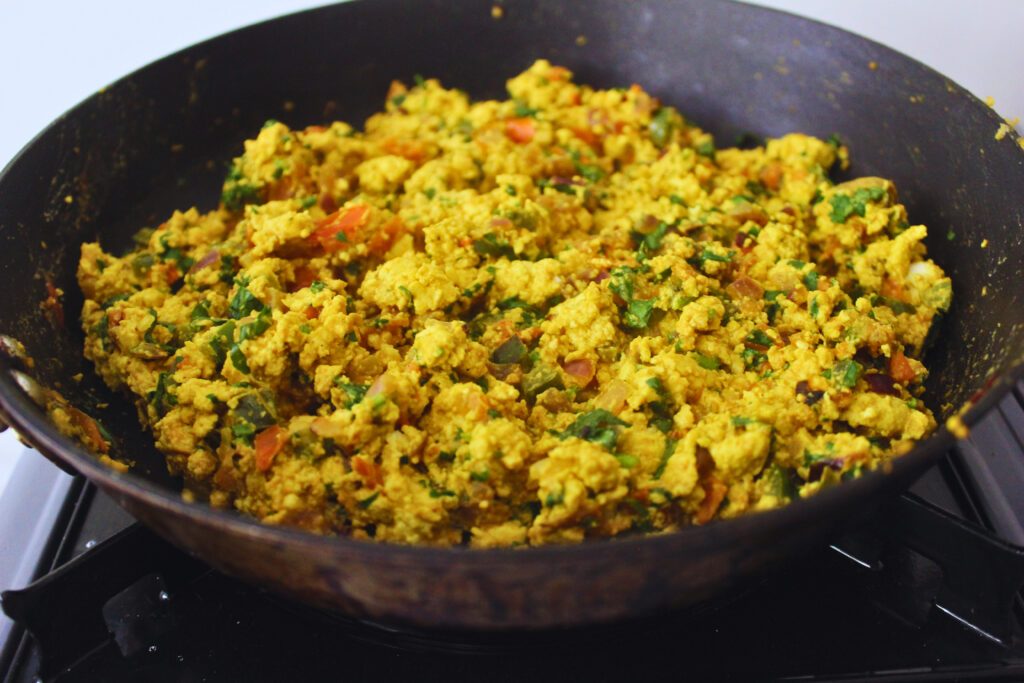
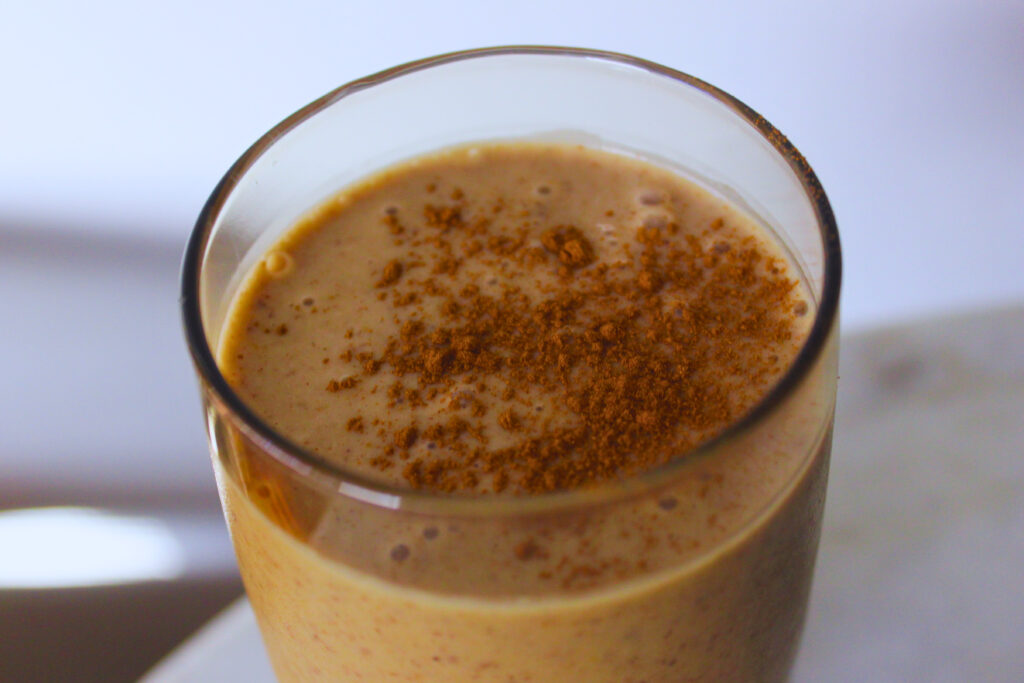
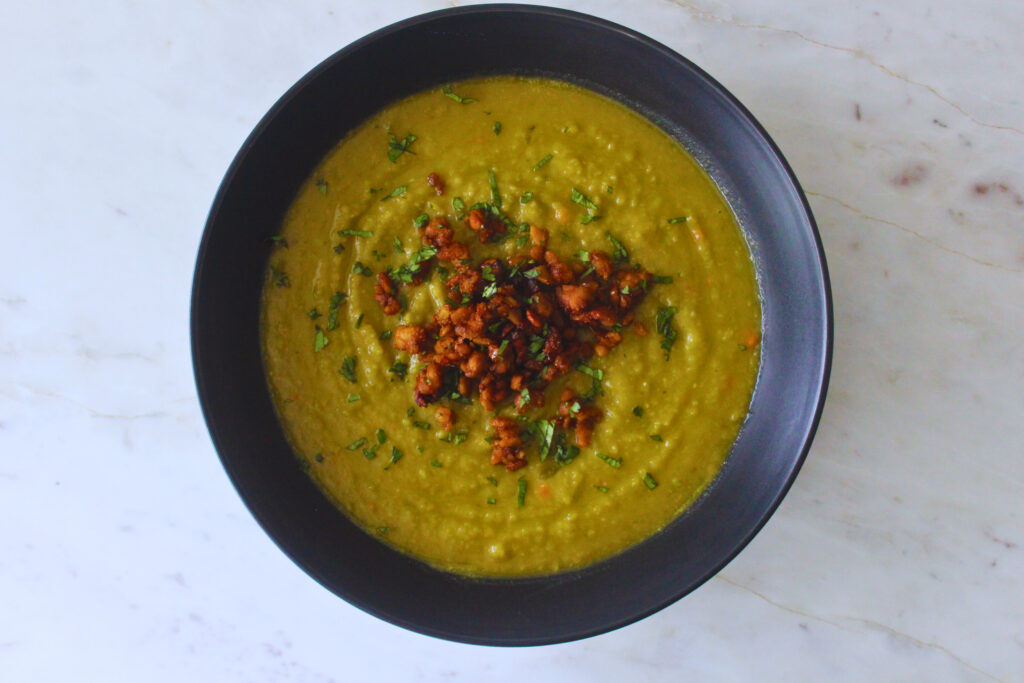
Read More
- How to Go Vegan
- Vitamin B12 on a Plant-Based Diet
- The Struggles of Being Vegan
- Our Journey as Imperfect Vegans
With careful planning and a diverse diet, it's entirely possible to meet all of your nutritional needs on a vegan diet. Variety is key. As long as you have a varied diet and eat enough, you should not be deficient in protein.
Note: We are not medical professionals. Consulting with a registered dietitian or nutritionist can be helpful in ensuring you're meeting all of your nutrient requirements.
We hope you enjoyed this post. Remember, every step you take towards a plant-based lifestyle is something to be proud of.
Whether you're vegan, trying to eat more plant-based meals, or just curious -
thank you for being part of the journey with us!

